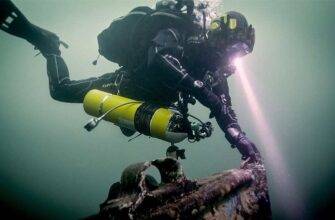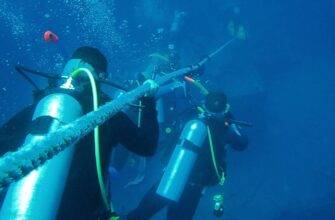
The aphotic zone lies below the photic zone. No light enters the aphotic zone at all. In fact, it occupies most of the ocean, but only a small fraction of marine organisms lives here.
In most seas and oceans, this zone of perpetual darkness is too deep for divers but in many freshwater bodies of water it can be easily reached. In lakes and quarries with poor visibility, the zone of perpetual darkness often begins as early as 18 meters deep.
Of all factors, the vertical distribution of autotrophic organisms is most strongly influenced by turbidity. The maximum depth at which photointegrating organisms can survive (where the amount of light needed for photosynthesis) increases with decreasing turbidity.
In the oceans, autotrophs usually do not live deeper than 190 m, and in most fresh water bodies this figure is much lower.
Certain groups of organisms use different parts of the spectrum for photosynthesis, depending on what photosynthetic pigments they have.
For example, red algae use the green and blue part of the spectrum, which allows them to live at greater depths than green and brown algae, which use the red part of the spectrum.
Red algae look red because they absorb green and blue rays and reflect red rays, which is the color we see.
Read More:




